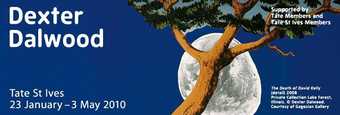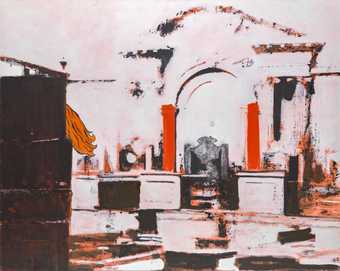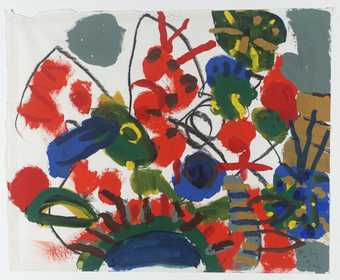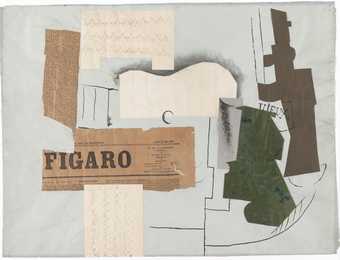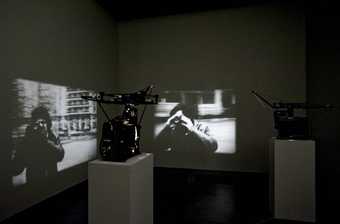British artist Dexter Dalwood has been building a strong reputation over the last decade in the UK, Europe and the States. This selected survey, featuring major paintings and collages made over the last twelve years, will provide an important and timely opportunity to review his work in both a national and international context.
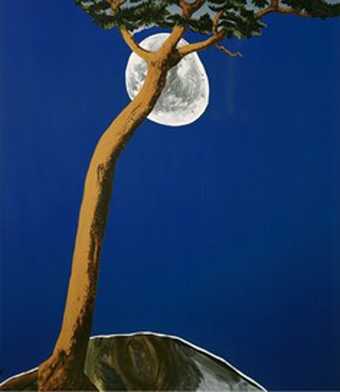
Dexter Dalwood Death of David Kelly 2008
Typically, Dalwood's works depict imagined and constructed interiors or landscapes, usually devoid of figures, that act as memorials or descriptions of various historic people, places or moments. They draw on an idea of 'History Painting' as a genre and, like their illustrious antecedents, the quotations, allusions and references can be elusive and highly codified at first. But, like the grand eighteenth- and nineteenth-century works they allude to, the canvases have an immediacy, and power as paintings first and foremost. They range in subject from major political events like The Death of David Kelly 2008 or The Birth of the UN 2003, to imagined places that are marked by some traumatic history or event, or which have simply become lodged in our collective cultural unconscious; these include Sharon Tate's House 1998, Neverland 1999, Greenham Common 2008 and Camp David 1999.
Other works are presented as 'portraits' of famous or infamous writers, artists and political figures like William Burroughs 2005, Diana Vreeland 2003, Truman Capote 2004 and Hunter S. Thompson 2009. These people populate our shared cultural memory, and for one reason or another seem to continue to exert a fascination or influence through both their work and their lives. Once again, these 'portraits' are produced by Dalwood through the constructed 'scenes' or 'sets' that he creates.
Almost all of Dalwood's paintings initially start out as small collages – compositions he assembles by literally cutting and pasting from the pages of magazines and art history. In the subsequent large-scale canvases the abrupt disjunctures and sharp, clinical edges, are faithfully reproduced, preserving the slightly unnerving, almost jarring quality at a sometimes exhilarating and monumental scale.
The way that Dalwood constructs his pictures, referencing and juxtaposing both image and content, is highly sophisticated. He weaves together personal, social and political histories with art history, popular culture and biography to produce provocative and complex new constellations of meaning. Dalwood's post-modern, post-pop 'history paintings' display a smart and seductive lightness of touch; an accessibility and wit offered through the shared experience of the collective political and cultural histories they invoke.
The exhibition will tour to FRAC Champagne – Ardenne and CAC Malaga through 2010. A full colour monographic publication will accompany the exhibition.
Accompanying the exhibition will be a display of works from the Tate collection. Selected by Dexter Dalwood, he uses the year 1971 as the point of departure to explore cultural activity in the Western world. Includes work by Pablo Picasso, Roger Hilton and Dan Graham.
Also accompanying the exhibition is the Dexter Dalwood Educators' Pack (PDF Format, 1.54 MB).
Meet the Artist: Dexter Dalwood

